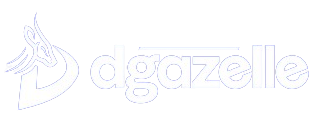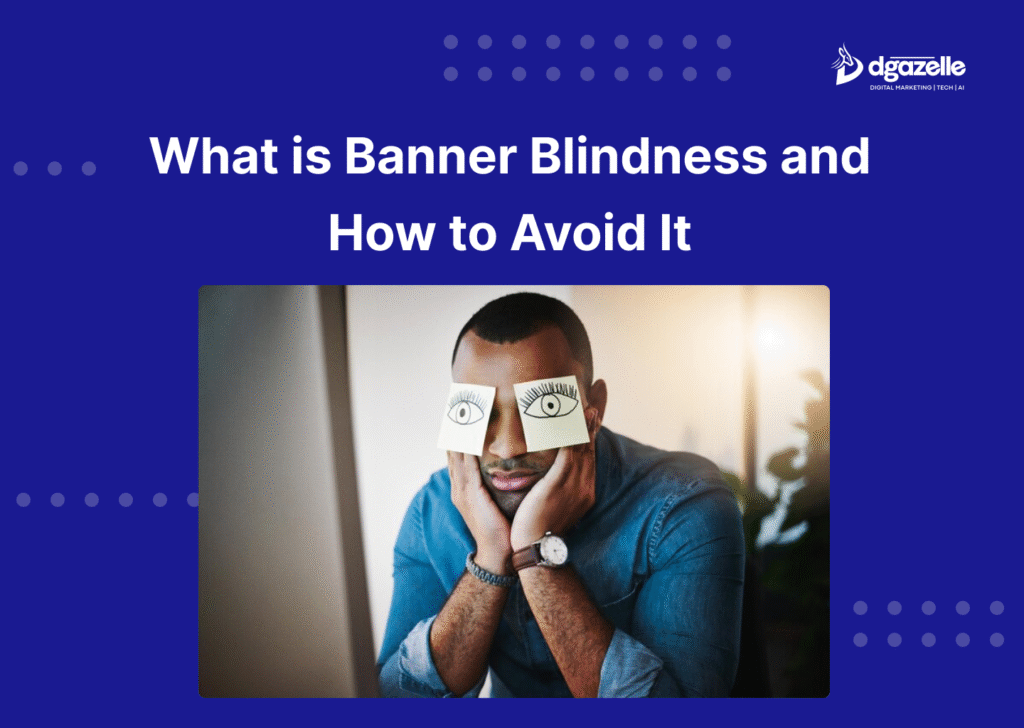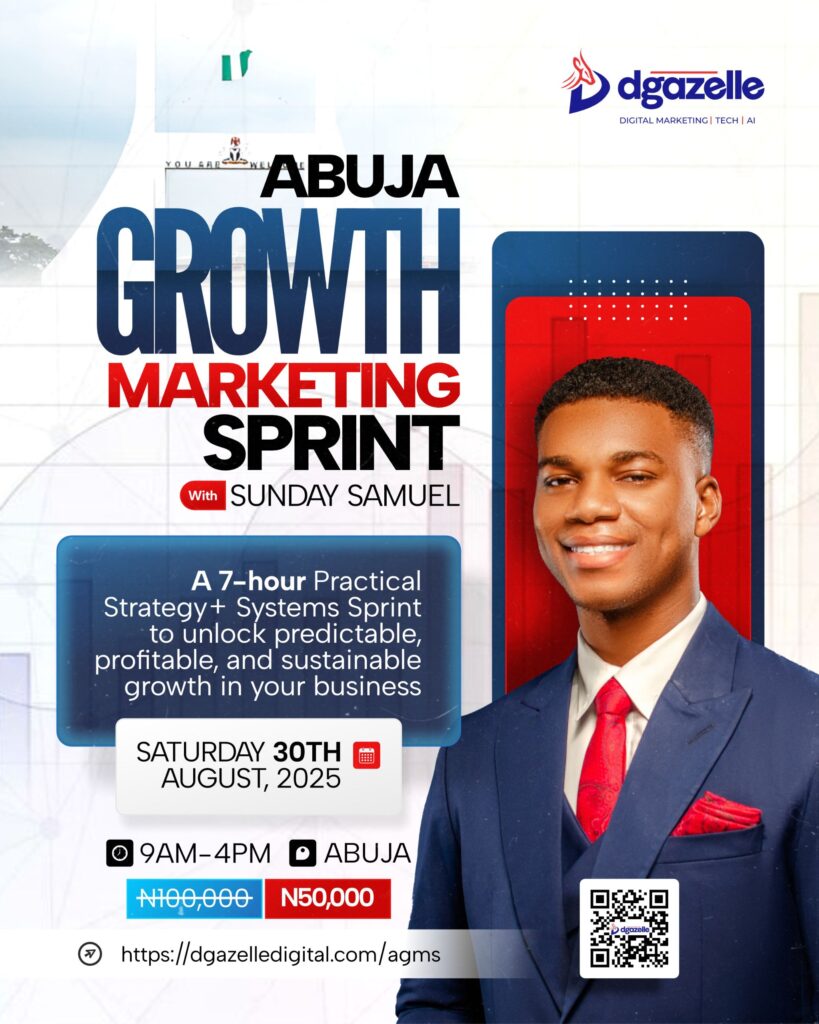Banner ads have long been a staple of online advertising, but if you’re a business owner relying on them to drive results, you may have noticed a troubling trend: people just aren’t clicking. In fact, most users don’t even see your banners. This phenomenon, known as banner blindness, is a big problem for digital marketers and business owners alike. But what exactly is banner blindness, why does it happen, and most importantly how can you overcome it?
What is Banner Blindness?
Banner blindness is a psychological phenomenon where website visitors consciously or unconsciously ignore banner ads and other display advertising on a webpage, even when those ads are bright, bold, and strategically placed. Studies show that up to 86% of users experience banner blindness, meaning the vast majority of your potential customers may never even notice your ads.
This isn’t just about users skipping over parts of your copy or spending less time on your offers. In many cases, visitors automatically scroll past banners, often before the ad even loads, or they simply never look at the areas where banners typically appear. The result? Low click-through rates (CTR), poor return on ad spend (ROAS), and missed opportunities for engagement and conversion.
Why Does Banner Blindness Happen?
Understanding the root causes of banner blindness is the first step to overcoming it. Here are the primary factors:
1. Predictable Ad Placement: Most banner ads appear in the same locations across websites, at the top, in sidebars, or at the bottom. Users have learned to expect ads in these spots and instinctively ignore them, focusing instead on the content they came for.
2. Ad Clutter and Sensory Overload: Webpages overloaded with ads popups, banners, text ads create sensory overload. When faced with too many ads, users become annoyed or overwhelmed, tuning out advertising content entirely and focusing solely on the main content.
3. Visual Cues and Ad Style: Users are conditioned to recognize the typical look of ads: flashy colors, different fonts, or images with embedded text. Anything that visually stands out as an ad is likely to be skipped, regardless of its actual usefulness.
4. Irrelevant Content: Ads that aren’t relevant to the user’s needs or interests are quickly dismissed. If your targeting is too broad or your message isn’t personalized, your banners will be ignored.
5. Ad Fatigue: Seeing the same ads repeatedly across different sites leads to ad fatigue. Users become so accustomed to your banners that they tune them out entirely, causing CTR and conversion rates to plummet.
6. Cognitive Schemata: People develop mental frameworks for navigating websites. They know where to look for content and where to expect ads. This schema helps them filter out anything that doesn’t match their intent, including banners.
Why Should Business Owners Care?
Banner blindness isn’t just a nuisance, it can seriously impact your business:
- Wasted Ad Spend: If users don’t see your ads, you’re paying for impressions that never convert.
- Lower Engagement: Ignored ads mean fewer clicks, less brand engagement, and missed opportunities to connect with your audience.
- Damaged Brand Perception: Repetitive, irrelevant ads can annoy users and harm your brand’s reputation.
- Reduced Revenue for Publishers: If you rely on ad revenue, banner blindness can undermine your entire business model.
How to Avoid Banner Blindness: Proven Strategies
The bitter truth is Banner blindness is inevitable. But understanding user behavior and applying smart design and targeting strategies, you can dramatically improve the visibility and effectiveness of your ads.
1. Experiment with Ad Placement: Don’t limit your banners to the usual spots. Test new placements—such as within content, between paragraphs, or after key sections—to catch users off guard and increase visibility45.
Dgazelle’s web design experts can help you identify high-impact ad placements that integrate seamlessly with your site’s user experience.
2. Reduce Ad Clutter: Less is more. Limit the number of ads on each page to avoid overwhelming your visitors. A cleaner layout not only improves user experience but also makes each ad more noticeable.
3. Use Native and Contextual Ads: Native ads blend with the surrounding content, making them less likely to be skipped. Contextual ads that match the topic or intent of the page are more relevant and engaging for users.
4. Improve Ad Creative and Design: Avoid generic, template-based banners. Invest in high-quality, visually appealing creatives that stand out without screaming “ad.” Use eye-catching images, concise messaging, and strong calls to action.
- A/B test different designs to see what resonates with your audience.
- Use animation or interactive elements to draw attention, but avoid being intrusive.
5. Personalize and Target Your Ads: Leverage data to show the right message to the right audience at the right time. Personalization increases relevance and makes users more likely to engage.
- Use geographic, demographic, and behavioral targeting.
- Tailor headlines and offers to specific user segments.
6. Make Ads Interactive: Interactive ads, such as quizzes, polls, or carousels invite users to engage rather than passively scroll by. This can increase both attention and conversion rates.
7. Limit Frequency and Rotate Creatives: Avoid ad fatigue by setting frequency caps and regularly updating your creatives. Showing the same ad too often leads to users tuning it out.
8. Optimize for Mobile: Mobile users are particularly prone to ad blindness due to smaller screens and higher ad density. Ensure your ads are mobile-friendly, well-placed, and not disruptive.
9. Write Compelling Headlines and CTAs: Your ad copy matters as much as your design. Use clear, benefit-driven headlines and strong calls to action that speak directly to your audience’s needs.
10. Monitor and Adjust Targeting: Continuously analyze your ad performance data. Refine your targeting based on which segments respond best, and don’t be afraid to experiment with new formats or placements.
The Role of Web Design in Combating Banner Blindness
A well-designed website is crucial for both user experience and ad effectiveness. Poorly designed sites with cluttered layouts or intrusive ads drive users away and exacerbate banner blindness. Professional web design ensures that your ads are integrated naturally, enhancing visibility without disrupting the user journey.
Looking to maximize your ad revenue and user engagement? Dgazelle’s web design and digital marketing services are tailored for business owners who want results—not just impressions. Our team creates clean, conversion-focused websites that keep users engaged and make every ad count.
Banner Blindness: Key Takeaways for Business Owners
- Banner blindness is real and widespread: Up to 86% of users ignore banner ads, leading to low CTR and wasted ad spend.
- It’s caused by predictable placement, ad clutter, poor design, irrelevance, and ad fatigue.
- You can fight back: Smart ad placement, creative design, personalization, and a clean website layout all help overcome banner blindness.
- Professional web design matters: Partnering with experts like Dgazelle ensures your ads are seen, your brand is respected, and your marketing budget works harder.
Conclusion
Stop wasting money on ads no one sees. Whether you’re running your own campaigns or relying on publisher revenue, overcoming banner blindness is essential for digital success. With the right strategy and the right web design partner you can ensure your ads get noticed, your brand stands out, and your business grows.
Let Dgazelle help you build a website and digital marketing strategy that defeats banner blindness and delivers real results. Contact us today to get started!







